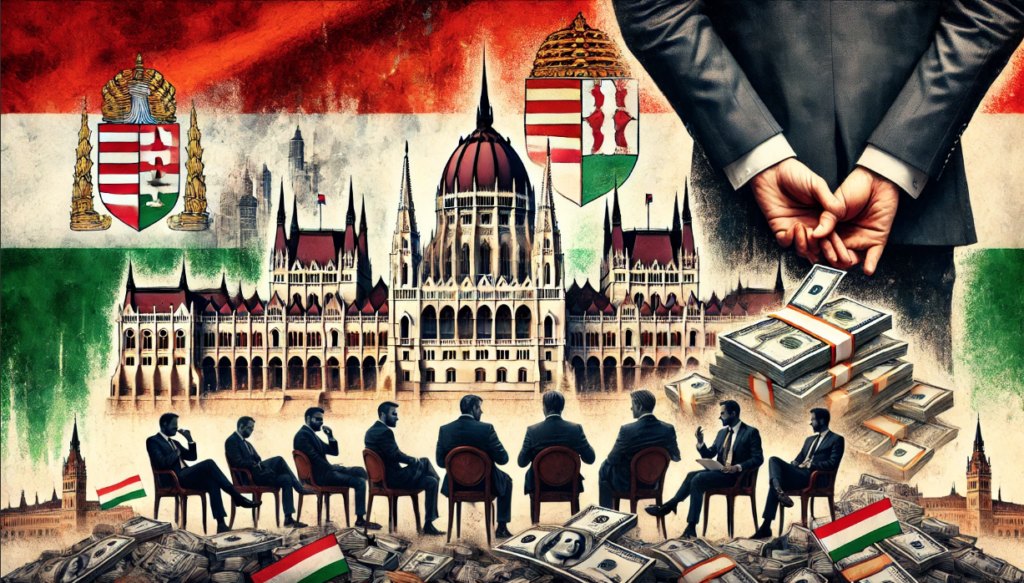Trump Chooses J.D. Vance as Running Mate, Drawing Praise from Hungary

When former President Donald Trump announced Sen. J.D. Vance (R-Ohio) as his vice-presidential pick on Monday, the move was met with enthusiasm, particularly from Hungary. Balazs Orban, a senior advisor to Hungarian Prime Minister Viktor Orban, praised the decision on Twitter, sharing a photo of Vance outside his Senate office. The announcement highlights the connection between U.S. conservatives and Orban’s vision of governance, according to The Washington Post.
A Strategic Partnership
Vance, a venture capitalist turned politician, is known for his populist rhetoric and alignment with Trump’s “America First” agenda. His selection as Trump’s running mate is seen as a strategic move to bolster support from the right-wing faction of the Republican Party. This faction admires Viktor Orban’s Hungary for its transformation into a model of illiberal nationalism, despite criticisms of authoritarian tendencies.
Shared Ideals
Throughout his political career, Vance has praised Orban’s policies, particularly those promoting traditional family values. During his Senate campaign, Vance lauded Hungary’s financial incentives for married couples who have children, questioning why similar policies couldn’t be implemented in the U.S. His admiration extends to Orban’s stance on controlling university funding and his approach to media regulation, which Vance views as necessary measures against liberal influence.
Divergent Views on Ukraine
Vance’s foreign policy positions also align with Orban’s, particularly regarding Ukraine. Vance has been critical of U.S. funding for Ukraine’s defense against Russia, a stance that mirrors Orban’s Kremlin-friendly approach. He has condemned the European Union‘s punitive measures against Hungary and Poland, accusing the EU of imposing liberal values on member states. Vance’s criticisms extend to Poland’s recent efforts to reform state media, which he argues should remain free from government control.
A Blueprint for Change
Trump and Orban’s relationship is well-documented, with the two leaders sharing mutual admiration and a vision for reshaping their respective countries. This vision is encapsulated in the Heritage Foundation‘s “Project 2025“, a comprehensive policy document outlining a plan for sweeping changes to the U.S. government. The plan includes dismantling federal departments, reducing efforts to combat climate change, and increasing presidential control over the civil service.
Trump has distanced himself from direct involvement with “Project 2025,” yet the project’s alignment with his and Vance’s political goals is evident. Vance’s involvement, including his foreword for a forthcoming book by Kevin Roberts, Heritage Foundation President, underscores his commitment to this radical agenda. Roberts has previously praised Orban’s Hungary as a model for conservative governance, reflecting the deep ideological connections between these political movements.
Echoes of Hungary in U.S. Politics
The Trump-Vance ticket signifies a potential shift towards a governance style inspired by Orban’s Hungary. This approach emphasizes traditional values, nationalist policies, and a strong executive branch. As the 2024 election approaches, the influence of Orban’s Hungary on American politics becomes increasingly apparent, with Vance poised to play a key role in shaping the future direction of the Republican Party and the country.

